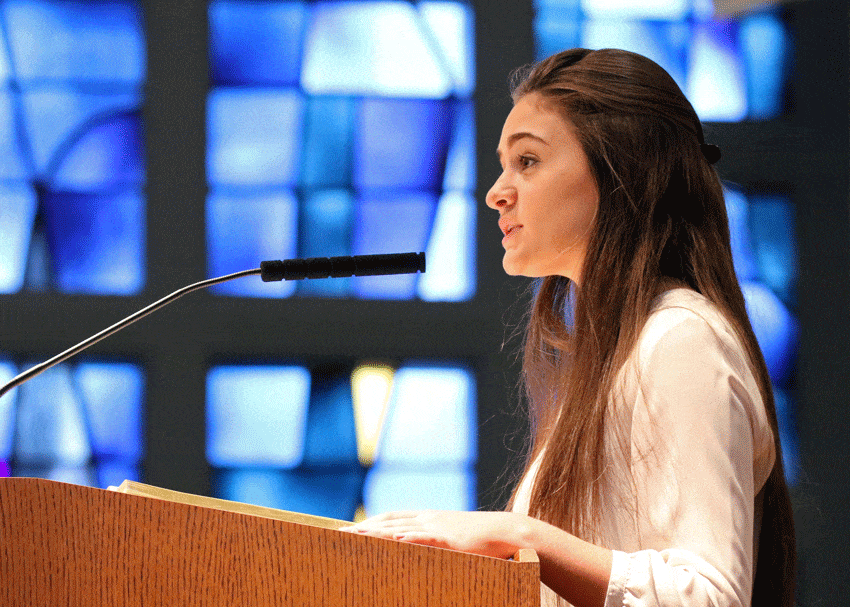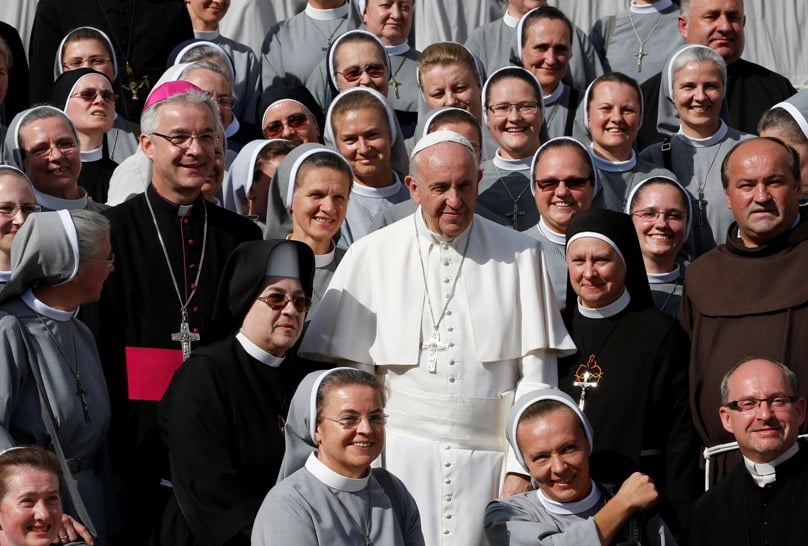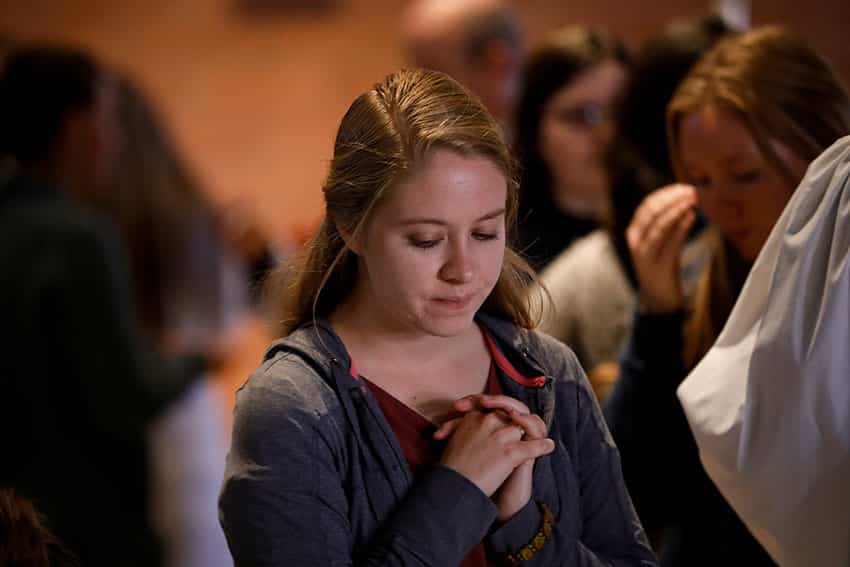
“Dear Father, I understand the Pope has recently allowed women to be acolytes and lectors in church. I have seen women carrying out these roles for many years. What is new?
On 10 January 2021 Pope Francis issued an Apostolic Letter titled Spiritus Domini, which modified the Code of Canon Law to allow women, as well as men, to be installed in the ministry of acolyte and lector, or reader, at Mass.
As you say, in many countries women, as well as men, have been assisting the priest as altar servers and doing the readings for many years. But they fulfilled these roles on a casual basis, invited by the priest. They were not installed formally in the ministry of acolyte or lector, roles reserved until now only to men. What is new is that women may now have the formal ministry of acolyte and lector.
A little history will help to clarify the significance of this development. For many centuries before the Second Vatican Council (1962-65), the roles of acolyte and lector were two of what were called minor orders, exercised by clerics on their way to priestly ordination. The other minor orders were those of porter, or doorkeeper, and exorcist. They were called minor orders to distinguish them from the major orders of subdiaconate, diaconate and priesthood.
In 1994 a letter from the Congregation for Divine Worship clarified that girls could serve at the altar.
In 1972 Pope St Paul VI, in the Motu proprio Ministeria quaedam, abolished the minor orders and the subdiaconate altogether. He retained, however, the roles of acolyte and lector, which were to be called ministries, and which, “in keeping with the venerable tradition of the Church” (n. 7), could be conferred on lay men. A man entered these ministries, after a suitable period of formation, in a ceremony known as installation, which was conducted by the bishop.
In that same document Pope Paul said that the duty of the acolyte was to assist the deacon and the priest in liturgical celebrations, especially the Mass. He could distribute holy communion as an extraordinary minister if required.
Among the acolyte’s functions, as specified in the General Instruction of the Roman Missal, are to prepare the altar and the sacred vessels, carry the cross in the entrance procession, present or hold the missal for the priest, place the corporal, purificator, chalice, pall and missal on the altar for the presentation of the gifts, assist the priest or deacon in purifying the sacred vessels after communion, etc. (cf. GIRM nos. 98, 187-193).

The role of the lector is to carry the book of the Gospels in the entrance procession, and to read the readings that precede the Gospel. The lector, in the absence of a deacon, may also read the intentions of the Prayer of the Faithful (cf. GIRM nos. 194-198).
Up until now, where a duly-installed lector or acolyte was not available, their roles were often taken on an ad hoc basis by another suitably prepared person. Originally this was to be only a man, but over time women were allowed to perform these functions.
In 1994 a letter from the Congregation for Divine Worship clarified that girls could serve at the altar, but individual bishops were not bound to permit them to do so. The letter added that it would always be appropriate to follow the noble tradition of having boys serve at the altar, since it contributed to the fostering of priestly vocations. A further letter in 2001 said that individual priests were not bound to have girls serve at the altar even when their bishops granted permission for them to do so.

As regards the ministries, the 1983 Code of Canon Law legislated as follows: “Lay men whose age and talents meet the requirements prescribed by decree of the Bishops’ Conference, can be given the stable ministry of lector and of acolyte, through the prescribed liturgical rite” (Can. 230, §1).
The new Apostolic Letter of Pope Francis changes this paragraph to read: “Lay persons who possess the age and qualifications established by decree of the conference of bishops can be admitted on a stable basis through the prescribed liturgical rite to the ministries of lector and acolyte.”
Thus both women and men may now be formally installed in the ministries of acolyte and lector. It is up to the Bishops’ Conference to determine the age and qualifications required.
Contact Fr Flader at [email protected]
Related:
- Fr Brian Lucas: Women and Service at the Altar
- Philippa Martyr: Women, equality and the Church
- Simcha Fisher: Do women need ascesis?
